Vanvitellian Grand Tour in Ancona
On the occasion of the 250th anniversary of the death of the great architect, here is the itinerary of the works created or designed by Luigi Vanvitelli in the city: it is a tour that you can enjoy independently, during a walk in the center of Ancona and through the architectural history of the 18th century.
Itinerary stages
Itinerary stages
Opere di Luigi Vanvitelli
Mole Vanvitelliana (Ex Lazzaretto) (1)
Chiesa Sant’Agostino (5)
Palazzo Ferretti (Museo archeologico Nazionale delle Marche) (25)
Chiesa del Gesù (26)
Cattedrale di San Ciriaco (34)
Arco Clementino (40)
Basamento della Lanterna (41)
Chiesa Sant’Agostino (5)
Palazzo Ferretti (Museo archeologico Nazionale delle Marche) (25)
Chiesa del Gesù (26)
Cattedrale di San Ciriaco (34)
Arco Clementino (40)
Basamento della Lanterna (41)
Il Settecento ad Ancona
Museo Tattile Statale Omero (2)
Porta Pia (3)
Chiesa del SS. Sacramento (7)
Palazzo Benincasa (8)
Loggia dei Mercanti (10)
Palazzo Jona Millo (13)
Chiesa di San Biagio (15)
Piazza del Plebiscito (16)
Pinacoteca civica “F. Podesti” – Palazzo Bosdari (19)
Fontana dei Quattro Cavalli (20)
Chiesa di San Francesco alle Scale (24)
Chiesa dei SS. Pellegrino e Teresa (30)
Palazzo Ferretti del Pozzolongo (Palazzo Arcivescovile) (32)
Episcopio Vecchio (Museo Diocesano) (35)
Chiesa di San Domenico (47)
Statua di Clemente XII (48)
Porto
Lazzaretto (1)
Porta Pia (3)
Museo Omero (2)
Chiesa S. Agostino (5)
Fontana dei quattro Cavalli (20)
Chiesa del Ss. Sacramento (7)
Palazzo Benincasa (8)
Loggia dei mercanti (10)
Palazzo Ferretti (32)
Chiesa SS: Pellegrino e Teresa (30)
Arco Clementino (40)
Lanterna (41)
Porta Pia (3)
Chiesa del SS. Sacramento (7)
Palazzo Benincasa (8)
Loggia dei Mercanti (10)
Palazzo Jona Millo (13)
Chiesa di San Biagio (15)
Piazza del Plebiscito (16)
Pinacoteca civica “F. Podesti” – Palazzo Bosdari (19)
Fontana dei Quattro Cavalli (20)
Chiesa di San Francesco alle Scale (24)
Chiesa dei SS. Pellegrino e Teresa (30)
Palazzo Ferretti del Pozzolongo (Palazzo Arcivescovile) (32)
Episcopio Vecchio (Museo Diocesano) (35)
Chiesa di San Domenico (47)
Statua di Clemente XII (48)
Lazzaretto (1)
Porta Pia (3)
Museo Omero (2)
Chiesa S. Agostino (5)
Fontana dei quattro Cavalli (20)
Chiesa del Ss. Sacramento (7)
Palazzo Benincasa (8)
Loggia dei mercanti (10)
Palazzo Ferretti (32)
Chiesa SS: Pellegrino e Teresa (30)
Arco Clementino (40)
Lanterna (41)
Works by Luigi Vanvitelli
Works by Luigi Vanvitelli
Mole Vanvitelliana (Ex Lazzaretto) (1)
Chiesa Sant’Agostino (5)
Chiesa del Gesù e Casa degli Esercizi spirituali (26)
Palazzo Ferretti (32)
Tempietto delle Reliquie – Cattedrale di S. Ciriaco (34)
Arco Clementino (40)
Basamento della Lanterna (41)
Chiesa Sant’Agostino (5)
Chiesa del Gesù e Casa degli Esercizi spirituali (26)
Palazzo Ferretti (32)
Tempietto delle Reliquie – Cattedrale di S. Ciriaco (34)
Arco Clementino (40)
Basamento della Lanterna (41)
The eighteenth century in Ancona
The eighteenth century in Ancona
Porto
Porta Pia (3)
Museo Omero (2)
Chiesa del Ss. Sacramento (7)
Palazzo Benincasa (8)
Loggia dei mercanti (10)
Palazzo Jona (13)
Chiesa di S. Biagio (15)
Piazza del Plebiscito (16)
Fontana dei quattro Cavalli (20)
Chiesa di S. Francesco alle Scale (24)
Chiesa SS: Pellegrino e Teresa (30)
Chiesa di S. Domenico (47)
Porta Pia (3)
Museo Omero (2)
Chiesa del Ss. Sacramento (7)
Palazzo Benincasa (8)
Loggia dei mercanti (10)
Palazzo Jona (13)
Chiesa di S. Biagio (15)
Piazza del Plebiscito (16)
Fontana dei quattro Cavalli (20)
Chiesa di S. Francesco alle Scale (24)
Chiesa SS: Pellegrino e Teresa (30)
Chiesa di S. Domenico (47)
Luigi Vanvitelli (Naples 1700 – Caserta 1773), son of the Dutch painter and landscape artist Gaspard van Wittel (1653-1736), is considered one of the greatest Italian architects, capable of composing in his works a unique synthesis of baroque elements while anticipating the Neoclassical style. He is remembered for his masterpiece, the Royal Palace of Caserta, begun in 1750. Before being summoned by Charles of Bourbon (1716-1788) for the project of the aforementioned Royal Palace, Luigi Vanvitelli, initially trained as a landscape painter, then a set designer who later became an architect on suggestion of Filippo Juvarra to whose influence we owe his early conception of the figure of the architect as an actor and director of the arts and design. Under the pontificate of Clement XII (from 1730 to 1740), Luigi Vanvitelli was very active in Rome and in the Papal States, making use of his skills as an architect but also as an engineer in the construction of bridges and aqueducts. Having received the public commission for the port of Ancona from the Pope in 1732, proclaimed by the Frankish pontiff in 1732 to guarantee its relaunch on the Adriatic Sea, he was entrusted with other projects in the public and religious fields and for noble families, in Ancona and in the Marche, which he also acquitted remotely thanks to collaborators sent from Rome. In addition to Ancona, in fact, Luigi Vanvitelli, after having already worked in Urbino (1728-1729: Albani palace and chapel), designed works for Macerata (from 1735: church of the Misericordia and private chapel of the Marefoschi palace), Pesaro (from 1739: church della Maddalena), Recanati (from 1746: church of S. Vito), Loreto (from 1751: bell tower of the Basilica Santa Casa and apostolic palace).
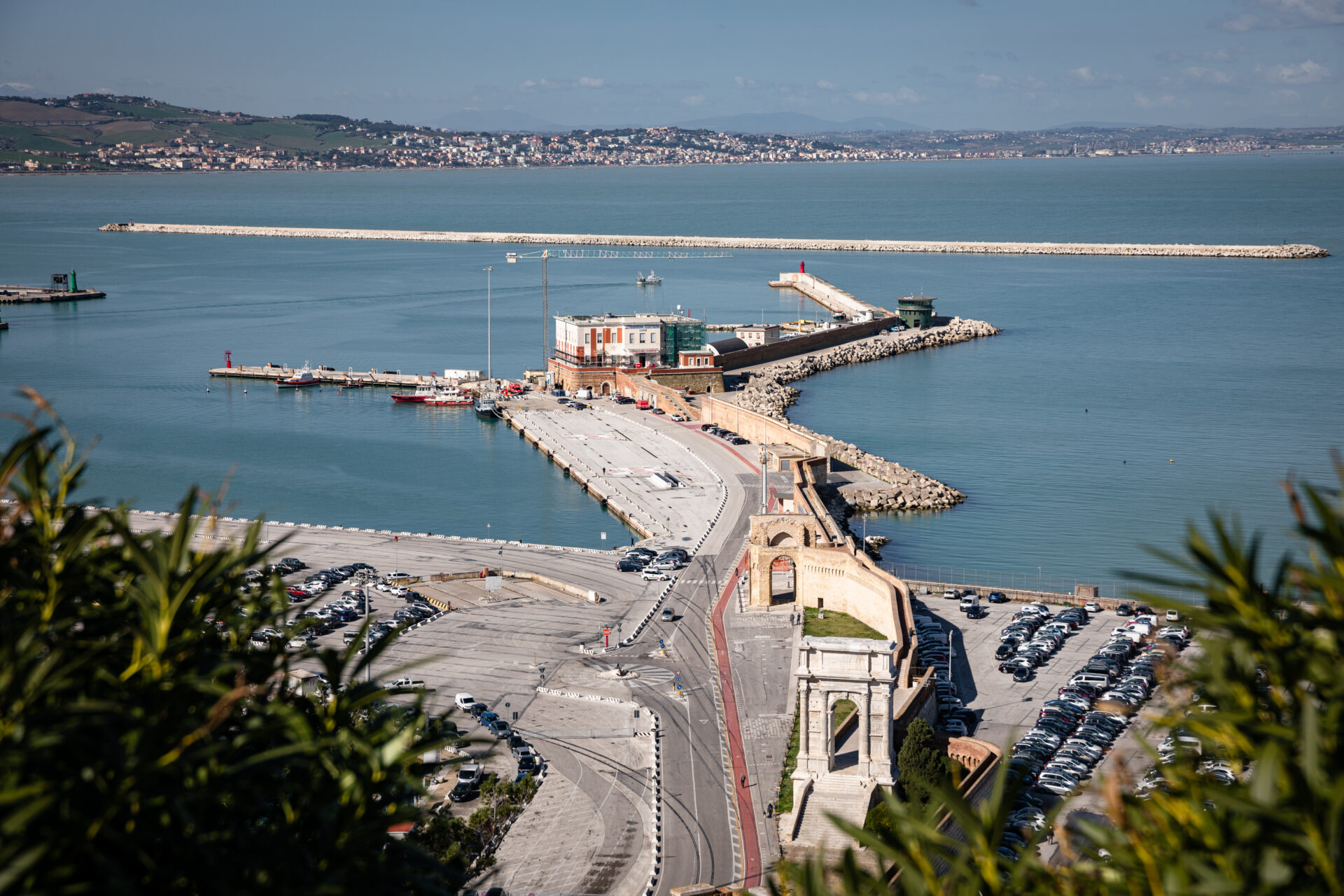
A true masterpiece of construction and engineering on the water, it is a lazzaretto built by Luigi Vanvitelli between 1733 and 1743. It stands on an artificial island located inside the port; today it is connected to the mainland by three bridges, and occupies an area of 20,000 m². In the internal part of the building there are the rooms that were intended for quarantine, while those in the external part were used as a goods warehouse. The originality of the pentagonal shape gives a rotational dynamism around the small temple of San Rocco. The Lazzaretto is also a defensive architecture, as evidenced by its surrounding wall and the walkway equipped with sentry boxes and ravelin. Over the last two centuries the Lazzaretto has also been used as a military hospital and barracks, in 1860 it ceased its health inspection function to become, in 1884, home to a sugar refinery. During the 20th century, in addition to its role as a military base, since 1947 it also became the seat of the tobacco factory. Since the end of the nineties it has been owned by the Municipality of Ancona which has transformed it into a true cultural citadel. Porta Pia was erected next to the Mole vanvitelliana, a monumental access to the city of Ancona built on commission by Pope Pius VI, by the architect Filippo Marchionni between 1787 and 1789 to guarantee the opening of the new road “to the sea” to avoid overpassing uncomfortable, of the Astagno hill above. It is a triumphal arch with a single fornix: the façade facing the outside of the city is made of Istrian stone with friezes from the Baroque period, and is flanked by two pilasters which support the attic which bore a dedicatory plaque with the papal coat of arms which was then removed together with the dedicatory inscription during the French occupation of 1797.
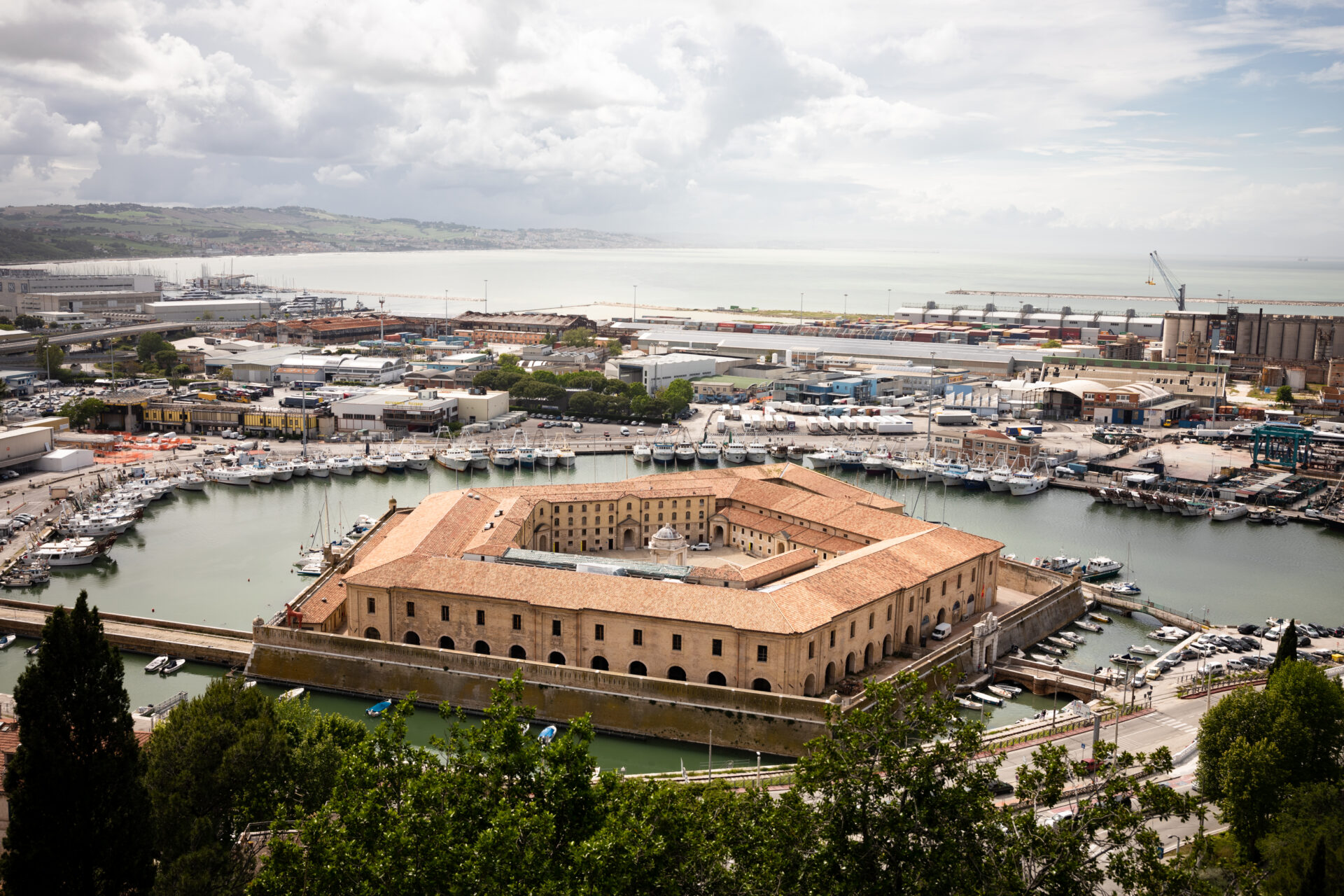
The historic center of Ancona is dotted with churches and noble palaces renovated or built in the eighteenth century: the presence of Luigi Vanvitelli in the papal city in fact contributed fundamentally to its artistic revival, supported by renewed economic and social development. In the area between Piazza Roma and Piazza della Repubblica we can admire the Fountain of the Four Horses (sculptures by Gioacchino Varlè, 1755-1758), the church of S. Biagio consecrated in 1752 based on a design by G. B. Urbini and well decorated by G. Varlè; the superb Jona palace which stands out for its smooth Istrian stone ashlar and the curved corner-canton with the plaque and festoon (1759-1770); the church of SS. Mo Sacramento, with a beautiful sixteenth-century portal and structure reworked by F. M. Ciaraffoni between 1771 and 1776 with internal decoration by G. Varlè.
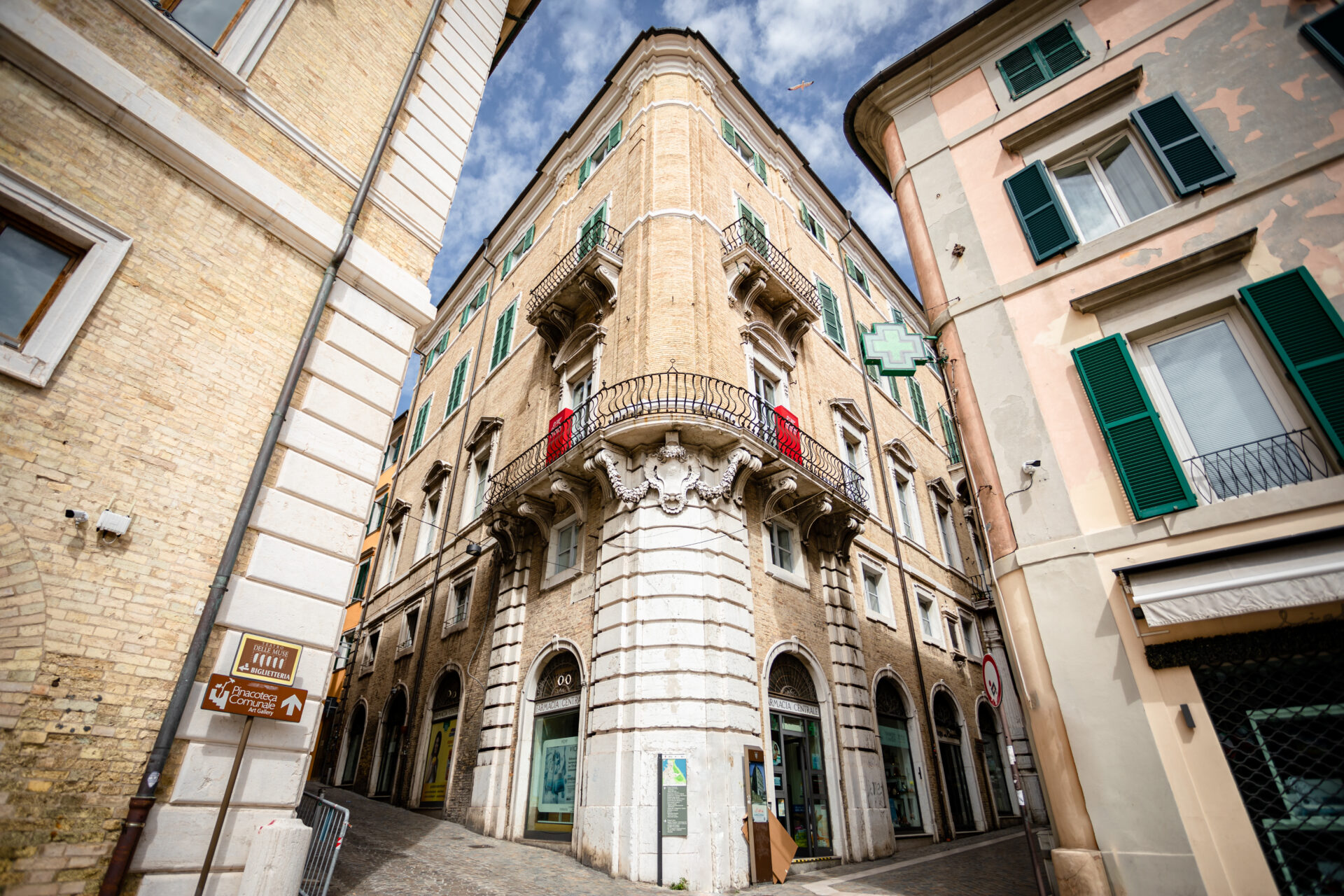
Continuing through the upper part of the city, you arrive in Piazza del Plebiscito where the monumental statue of Clement XII by the baroque sculptor A. Cornacchini (1737) stands out and which contains, in addition to elegant buildings renovated in the century. XVIII, the monumental church of S. Domenico, consecrated in 1788 based on a design by C. Marchionni and internally decorated by G. Varlè. Along the Via della Loggia below, we admire the late Gothic Palazzo Benincasa (hiding frescoes by Giuseppe Pallavicini and a shop that also tell the story of the glories of Ancona at the time) and the nearby Loggia dei Mercanti whose internal room also features sculptures by G. Varlè; we observe the palaces of the Cresci Antiqui family (n. 5, with the monumental staircase decorated by G. Varlè) and Perozzi (n. 48) with the elegant portal, and then return along via Pizzecolli. After Palazzo Bonarelli (n. 18) and Palazzo Bosdari (16th century, home to the civic art gallery which houses drawings and prints by Luigi Vanvitelli as well as paintings and engravings from the 18th century), you arrive in Piazza S. Francesco where the church renovated in the century stands out. XVIII and Palazzo Ferretti, with beautiful gabled windows.
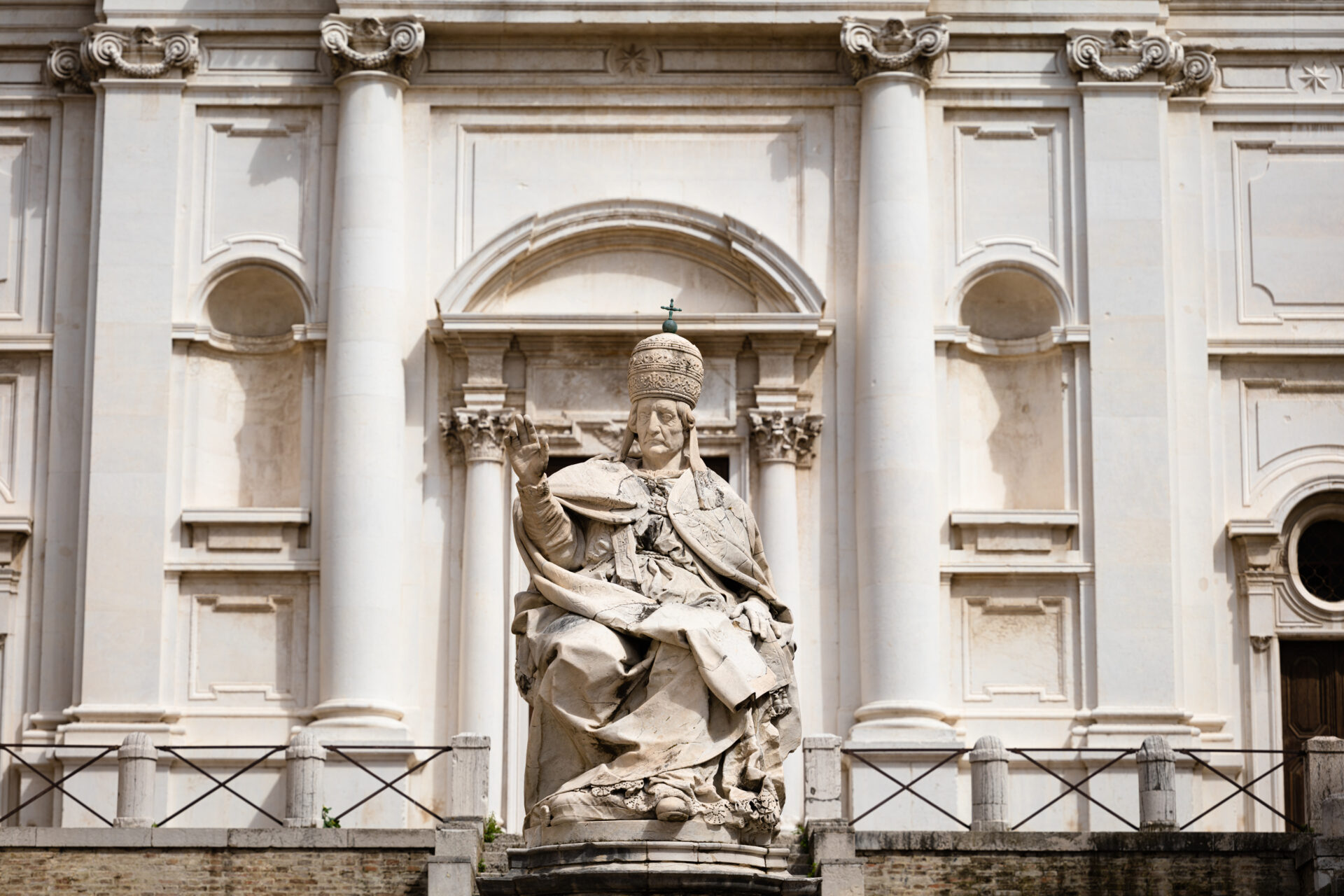
Leaving the church of S. Francesco behind and admiring Palazzo Milesi (via Pizzecolli n. 41), with its beautiful portal and façade attributed to F. M. Ciaraffoni, you reach Piazza B. Stracca where, in front of the thousand-year-old Palazzo degli Anziani, the ancient headquarters of the Municipality of Ancona with the façade facing the sea, the Vanvitellian Church of Gesù stands out. Its original structure dates back to 1605 thanks to the munificence of Count Giovanni Nappi. Between 1733 and 1743, Vanvitelli created the spectacular curvilinear façade, which follows the shape of the port below and stands on a high base characterized by two entrances and stairs opened by leaf volutes: the pronaos supported by Roman Doric columns closed between double pillars stands out. ‘corner. The Vanvitellian interior has a Latin cross plan with a central nave punctuated by Corinthian columns and pilasters with a barrel roof decorated with stucco and medallions while the four side chapels communicating with each other – as in the Palladian church of the Redentore in Venice – act as naves lateral. At the intersection between the nave and the transept stands the dome whose four “rose windows” increase the brightness of the church, enriched by notable works of art among which the Circumcision by Orazio Gentileschi (main altar) and the Departure of Francesco Saverio for the Indie by Sebastiano Conca (second altar on the left). A short distance away we can see Palazzo Ferretti, dating back to the century. XVI (project attributed to Antonio da Sangallo the Younger), today home to the National Archaeological Museum of the Marche: it was enlarged and renovated between 1752 and 1774 based on a design by Luigi Vanvitelli, who also equipped it with a terrace and staircase towards the sea, a monumental staircase with sculptures by G. Varlè and probably the beautiful terrace that can be seen on the facade.
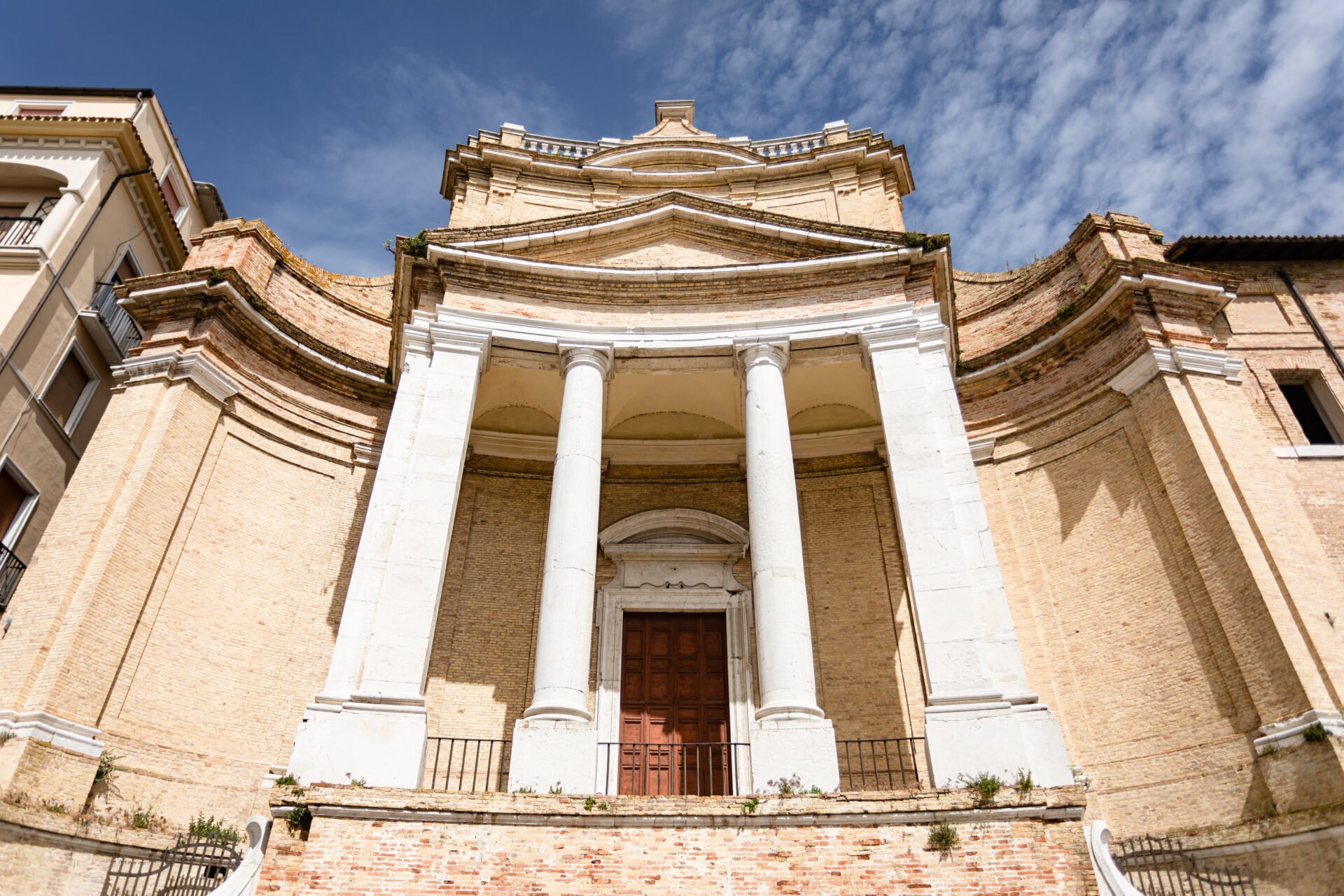
After passing the church of SS. Pellegrino and Teresa renovated in the eighteenth century and the hub of the Senate square, where you can see Palazzo Ferretti del Pozzolongo (now the Archbishop’s Palace) with a façade renovated in the century. XVIII, proceed up towards the Cathedral of S. Ciriaco. In the Cathedral of S. Ciriaco we observe the design rigor of the Tempietto delle Reliquie, an elliptical aedicule in the Chapel of the Madonna built by Luigi Vanvitelli between 1738 and 1739 in a pre-existing Baroque context which is no longer visible today on the basis of different needs resolved in a unitary manner: in fact it had to house the image of the Madonna much venerated by the community, it constituted the dossal of the altar in front, it was intended to display the relics from the balustrade above and perhaps it could be used as a pulpit. Going down towards the ancient port you can admire the Roman arch dedicated to Emperor Trajan who was the first to understand and enhance the strategic potential of the Doric port: in Greek marble, attributed to Apollodorus of Damascus, it is one of the symbols of Ancona (114/115 d. C). A few more steps and you reach a second arch, the Clementine one, designed by Luigi Vanvitelli (1735-38), to celebrate Pope Clement XII. It is actually a door from which the city was to be accessed from the new ancient arm of the port, an extension of the Roman pier. The façade facing the sea is in Istrian stone, with pilasters and Doric columns on pedestals; triglyphs and shells alternate in the frieze while a festoon elegantly frames and raises the attic. Last stop is the Forte della Lanterna, designed by Carlo Marchionni, commissioned in 1756 to follow the renovation works of the port begun by Vanvitelli. The Fort was built in 1774 at the entrance to the port but only the perimeter walls of the base remain. Returning towards the city, you can see interesting monuments and remains of historic buildings such as the Dogana gates, Palunci and Torriglioni; the port walls and the Captain’s House until you reach the Portella S. Maria which will lead you to the city center, through Via della Loggia.
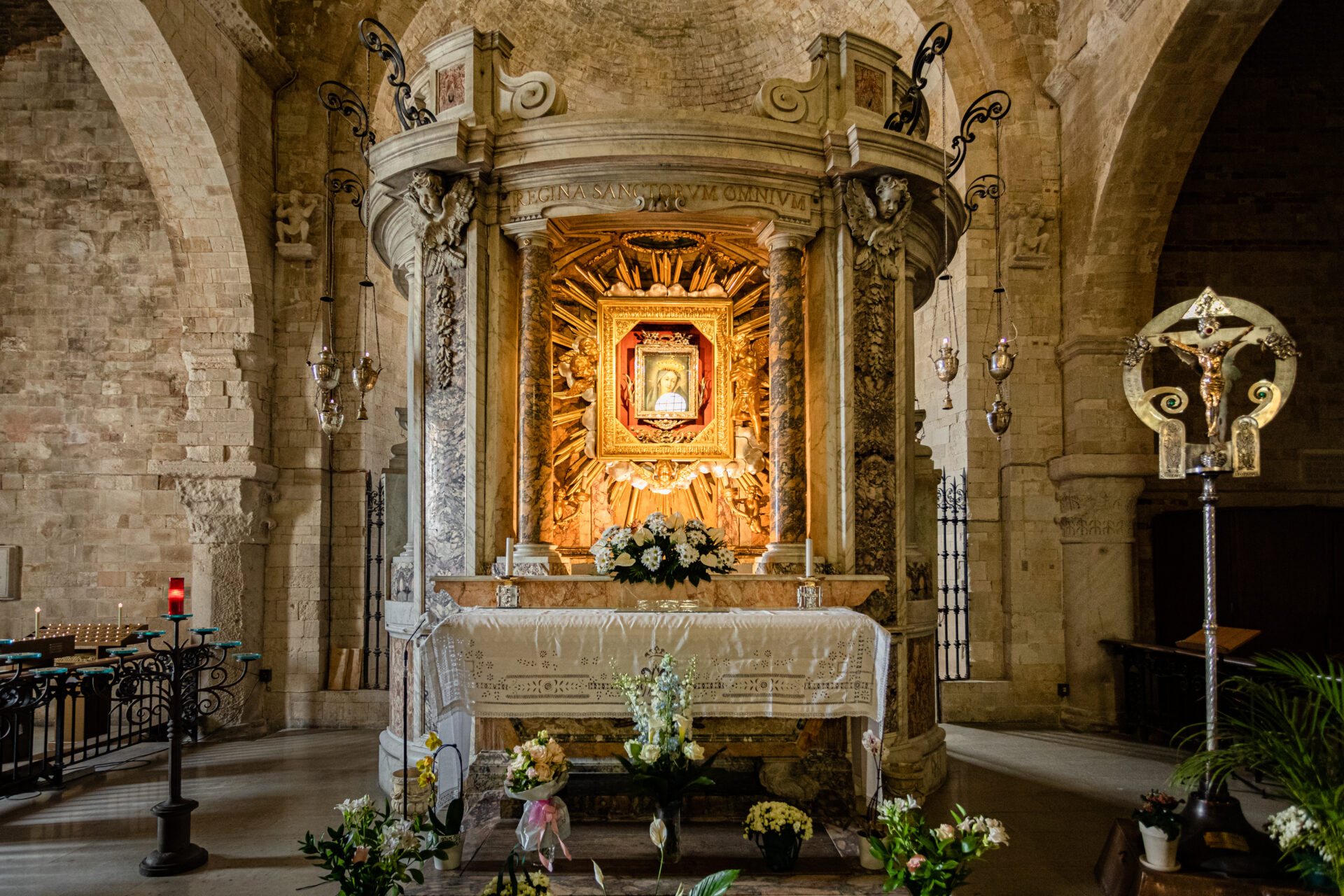
[mappress mapid=”85″]
Guided tours and thematic trekking organized by the Municipality of Ancona with professional tourist guides
Information and reservations:
Infopoint L’Edicola Piazza Roma
Tel. 339 2922855
Open every day h. 10 – 19
e-mail: edicola.iat@comune.ancona.it
Useful links:
www.reggiadicaserta.cultura.gov.it
Grand Tour Vanvitelliano su Bell’Italia – Rai 3 (March 18 2023):
https://www.rainews.it/tgr/rubriche/bellitalia/video/2023/03/TGR-BellItalia-del-18032023-81e1a9d6-2818-4c0b-9417-9bad3f9475eb.html?wt_mc=2.www.wzp.rainews24
Grand Tour Vanvitelliano su Bell’Italia in viaggio – La7 (June 18 2023):
https://www.la7.it/bellitalia-in-viaggio/rivedila7/bellitalia-in-viaggio-marche-18-06-2023-490860
Convegno Luigi Vanvitelli il Maestro e la sua Eredità
https://essercicultura.lpages.co/convegno-vanvitelli-ancona/




